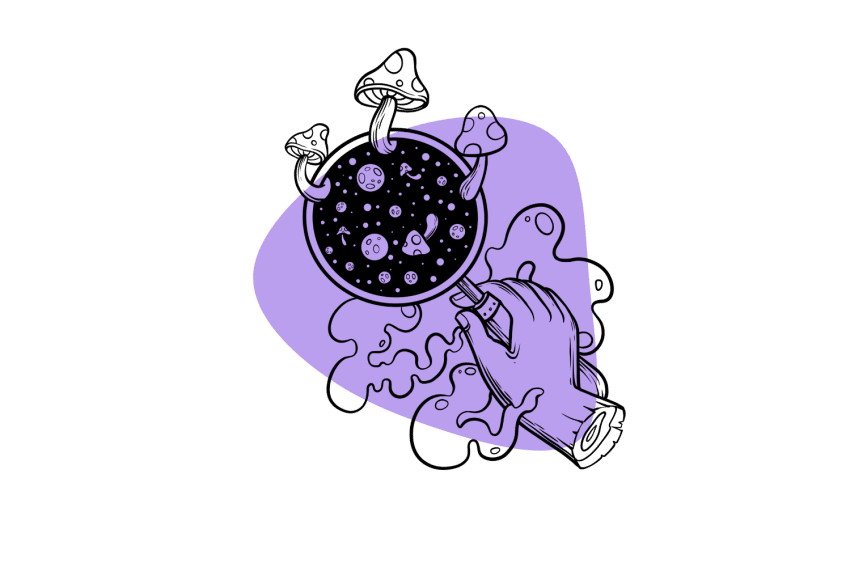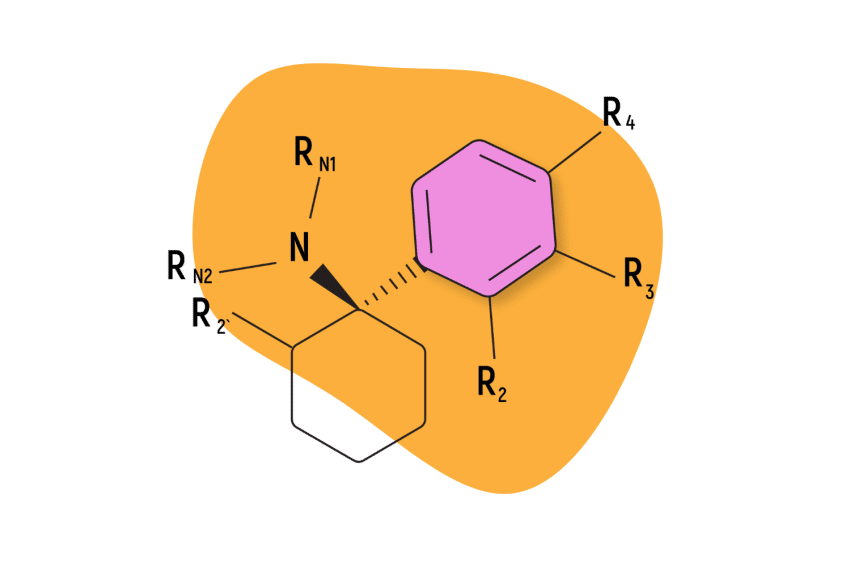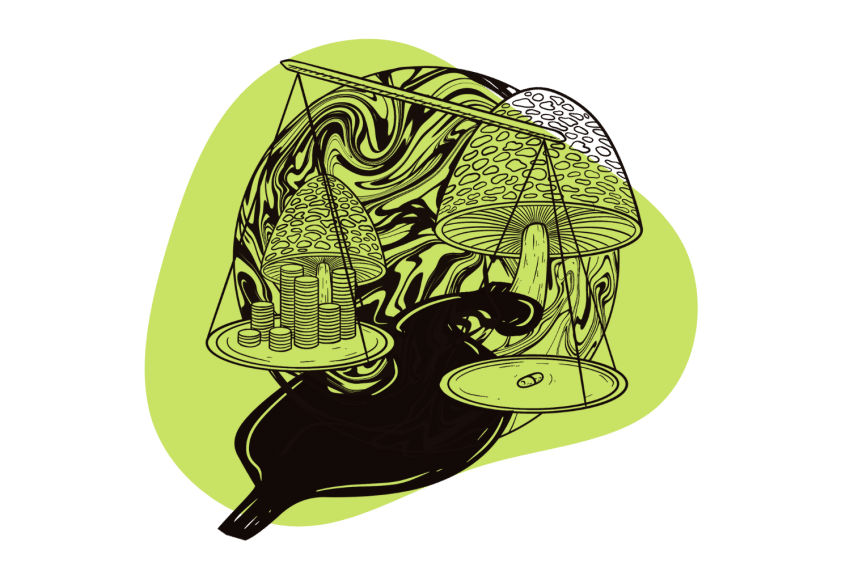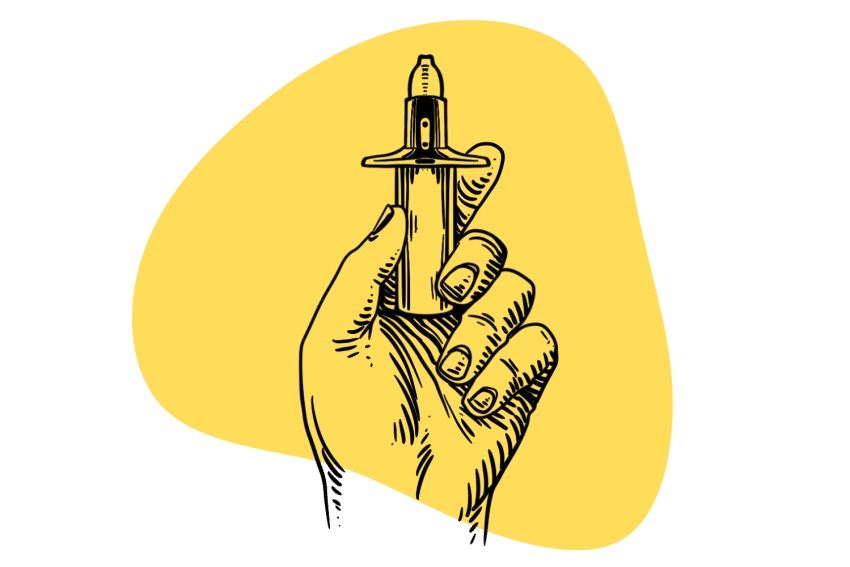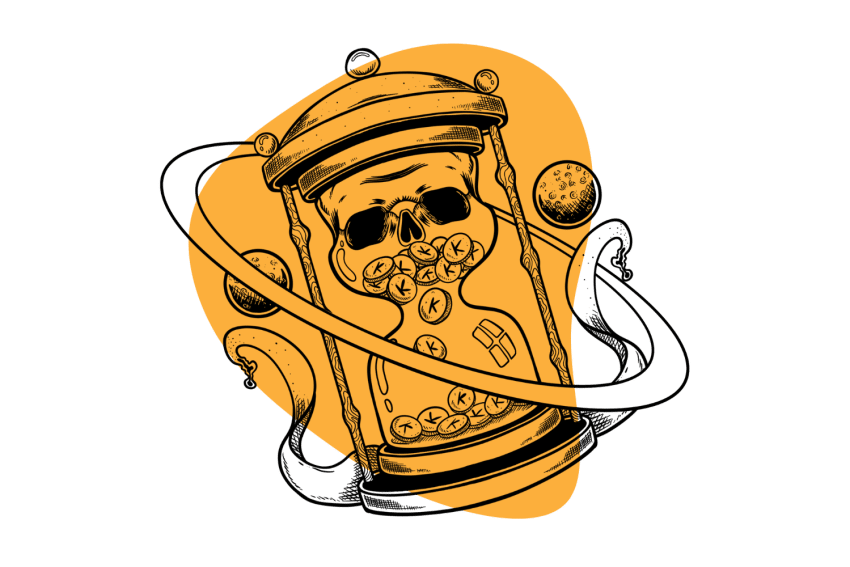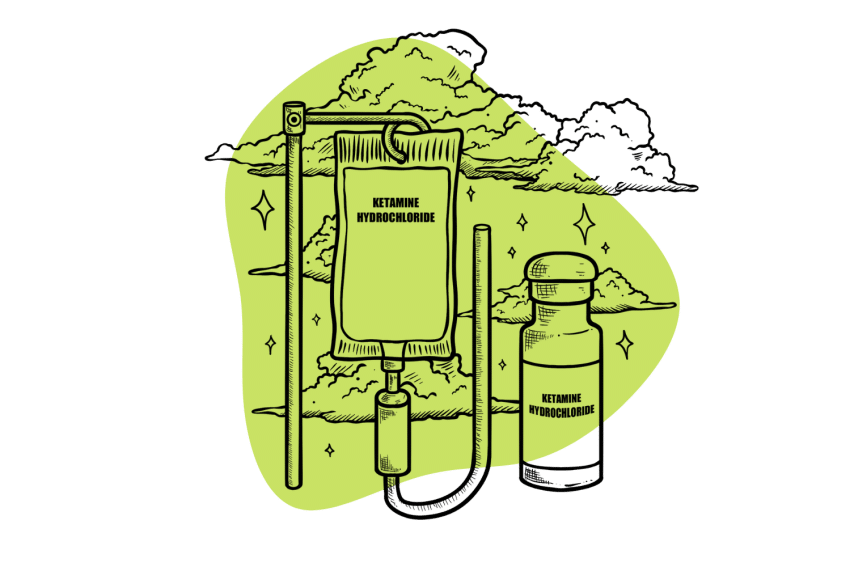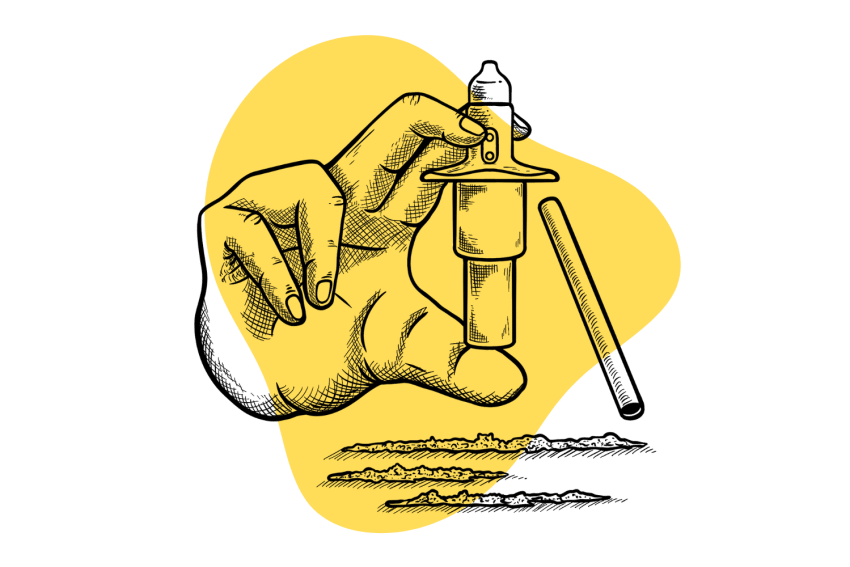What’s a Ketamine Troche?
Ketamine troches are one of the most popular ways to take ketamine through telehealth providers, but are they better than any of the other options
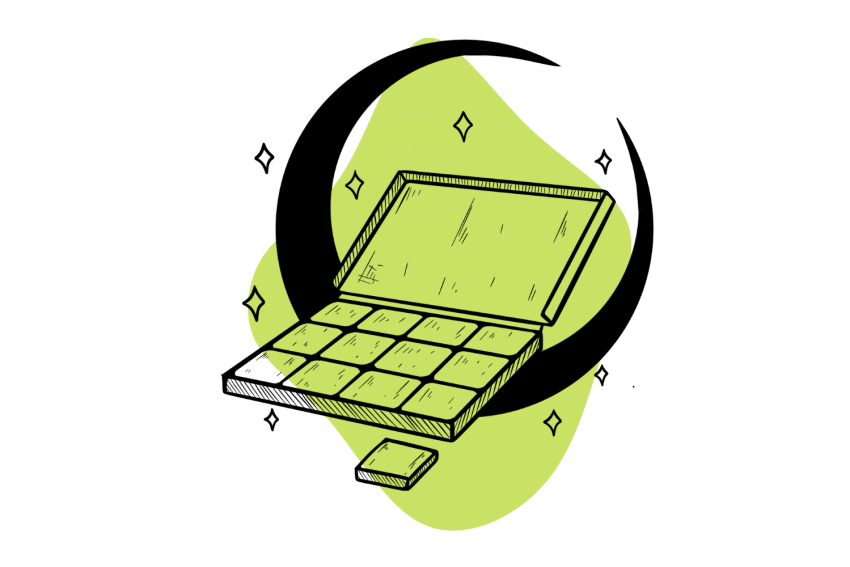
Ketamine troches are slow-dissolving tablets that deliver a steady, sublingual dosage of the dissociative drug, ketamine.
While some claim they are safer than alternative methods, this is unlikely the case.
That doesn’t mean there aren’t benefits to this modern form of ketamine, however. Like all drugs, there are good and bad times to utilize troches.
As they appear to grow in popularity — particularly among telehealth providers and online startups — we wanted to break down the intricacies of this option for ketamine therapy.
The Benefits of Ketamine Troches
In contrast to other oral forms of ketamine, troches doesn’t have to go through the metabolic process in the liver to become active. The ketamine infused inside is gradually released as the troche breaks down in the users mouth. Instead of travelling through the digestive tract, they’re absorbed directly into the bloodstream through small capillaries on the underside of the tongue.
Since physiology can vary drastically from person to person, troches help control the absorption of ketamine to make them safer and more reliable [1].
Another benefit to this loss of “first-pass metabolism” is increased bioavailability — our body’s potential to absorb compounds. Orally, our bodies only absorb 7–9% of the actual drug compared to 17–29% sublingually [2] (an increase of more than 400% between the minimum and maximum).
While sublingual doses of ketamine take effect more rapidly, the benefit to troches is they dissolve slowly, allowing the rapid absorption to take place over time. For this reason, they may be a better option for people more sensitive to ketamine or a good way to begin a ketamine session involving multiple doses.
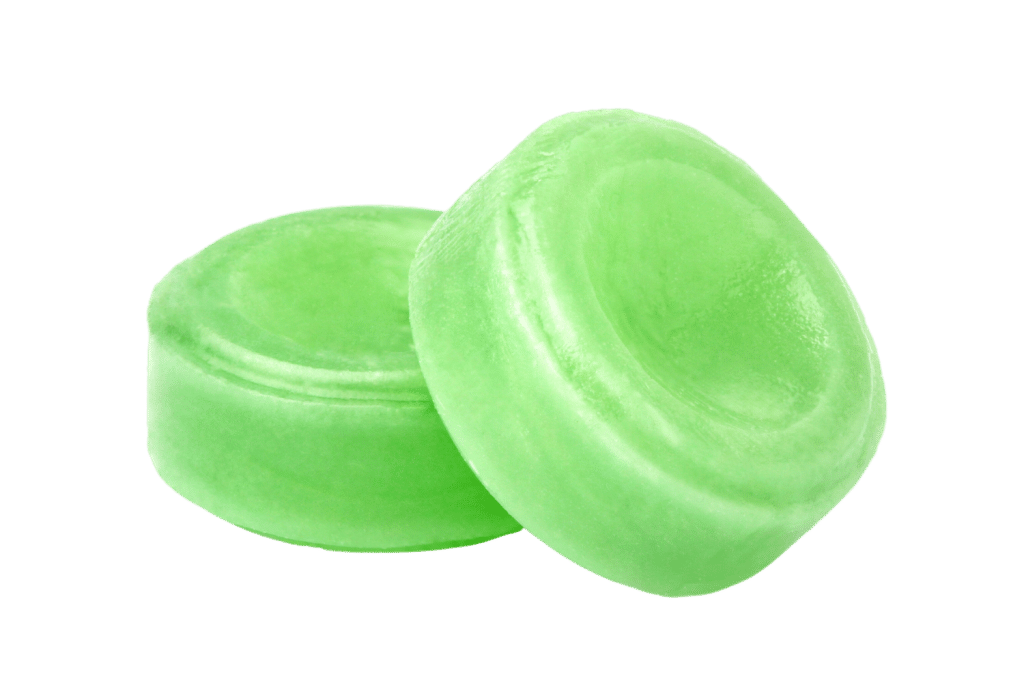
Ketamine Troches vs. Other Methods
Ketamine troches offer benefits and downsides compared to some of the other common routes of administration.
Here’s a quick breakdown of how troches differ from other options:
| Ketamine Troches Vs. | Advantages | Disadvantages |
| Intramuscular/Intravenous Injection | Non-invasive, easy to self-administer, steady supply of ketamine dosage over a short period, and potentially less risk of adverse events (mostly due to the slow onset) | Less-rapid onset; passes through the metabolism, leaving behind more harmful metabolites, and easier to take without appropriate support |
| Nasal Spray | Similar to the above with the note that nasal spray — while still unpleasant for some — is less invasive than injection | Similar to the above |
| Oral Ketamine (Tablets or Capsules) | These two are very similar, but troches offer a sublingual effect in addition to the residual swallowed ketamine | Troches are likely to be slower in activation than oral administration |
Many clinics offering off-label ketamine solutions will opt for the injection option; the nasal spray is for legal prescriptions of Spravato, and oral ketamine/troches are frequently a part of ketamine telehealth solutions.
Related: How Long Does Ketamine Stay In Your System?
What’s the Difference Between Ketamine Troches & Ketamine Lozenges?
Troches and lozenges are functionally the same thing — a medicated dissolvable tablet.
The differences come down to semantics:
- Ketamine troches — small, medicated discs that dissolve in the mouth. Also referred to as “pastilles.”
- Ketamine lozenges — small, solid, dissolvable preparations designed to release compounds that absorb through the mucus membranes in the mouth.
You can find sublingual ketamine tablets referred to as both ketamine troches and ketamine lozenges. These products are virtually identical.
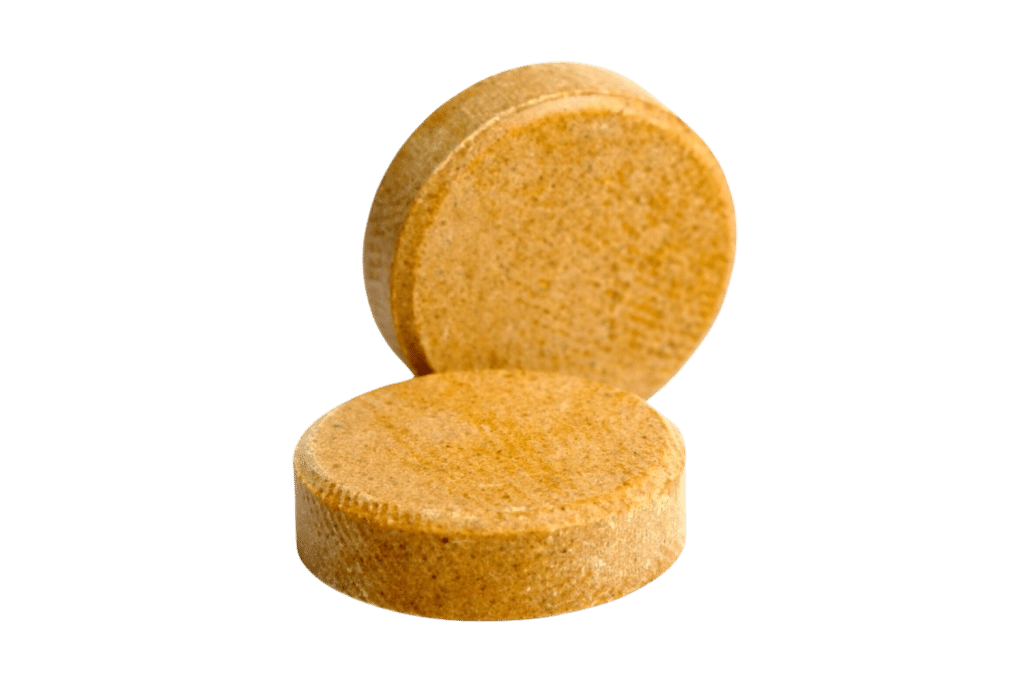
Ketamine Troches FAQs:
Here are some of the common questions people ask regarding ketamine troches:
1. What Is a Normal Dose for Ketamine Troches?
Dosages will vary between each person and their individual needs — Mindbloom states their dosage can vary between 10–800mg, for example. Since ketamine’s activity has a short life, treatment often involves taking multiple troches during a single session (though not always).
2. Are Troches Less Harmful Than Other Forms of Ketamine?
No — all forms of ketamine carry the risk of harmful side effects. Part of these come from the potential to have a negative experience while taking the ketamine without support in a telehealth setting, and the other comes from ketamine’s toxicity.
While infrequent use of ketamine is often relatively safe, even one or two doses can lead to health concerns. One study found side effects began showing up after only two sessions, which could include serious urinary concerns [3].
3. Are Low Doses of Ketamine Troches Helpful?
One study found that low-dose, sublingual ketamine treatment could have “rapid, clear and sustained effects, improving mood level and stability, cognition and sleep [4].” These were sub-euphoric doses, but 77% of the participants in this small-population introductory study found it helpful.
Notably, there aren’t any studies looking at the long-term effects of using low-dose ketamine. While this is true of microdosing any drug, ketamine’s toxicity makes this particularly dangerous.
4. Are Ketamine Studies Biased?
A recent assessment of several studies found they had an overall low — or, occasionally, “unclear” — risk of bias [5]. However, this conclusion came despite several studies having a high risk of bias for missing information and having other motivations (“i.e., for profit”).
The latter contains several studies with competing interests, and it seems the study itself also falls victim to that. The authors have competing interests listed with several major pharmaceutical companies and conclude all forms of it to be safe and effective.
Subscribe to Tripsitter: Newsletter & Podcast
Unlock Your Mind: Subscribe for Expert Insights on Psychedelics 🍄🌵
References
- Rolan, P., Lim, S., Sunderland, V., Liu, Y., & Molnar, V. (2014). The absolute bioavailability of racemic ketamine from a novel sublingual formulation. British Journal of Clinical Pharmacology, 77(6), 1011–1016.
- Maudlin, B., Gibson, S. B., & Aggarwal, A. (2022). Long-term safety and efficacy of sublingual ketamine troches/lozenges in chronic non-malignant pain management. Internal Medicine Journal, 52(9), 1538–1543.
- Hull, T. D., Malgaroli, M., Gazzaley, A., Akiki, T. J., Madan, A., Vando, L., Arden, K., Swain, J., Klotz, M., & Paleos, C. (2022). At-home, sublingual ketamine telehealth is a safe and effective treatment for moderate to severe anxiety and depression: Findings from a large, prospective, open-label effectiveness trial. Journal of Affective Disorders, 314, 59–67.
- Lara, D. R., Bisol, L. W., & Munari, L. R. (2013). Antidepressant, mood stabilizing and procognitive effects of very low dose sublingual ketamine in refractory unipolar and bipolar depression. International Journal of Neuropsychopharmacology, 16(9), 2111–2117.
- McIntyre, R. S., Carvalho, I. P., Lui, L. M. W., Majeed, A., Masand, P. S., Gill, H., Rodrigues, N. B., Lipsitz, O., Coles, A. C., Lee, Y., Tamura, J. K., Iacobucci, M., Phan, L., Nasri, F., Singhal, N., Wong, E. R., Subramaniapillai, M., Mansur, R., Ho, R., … Rosenblat, J. D. (2020). The effect of intravenous, intranasal, and oral ketamine in mood disorders: A meta-analysis. Journal of Affective Disorders, 276, 576–584.


